14 GPTs for Fire Safety Powered by AI for Free of 2026
AI GPTs for Fire Safety are advanced, generative pre-trained transformer models specifically designed to address and solve challenges within the fire safety domain. By leveraging natural language processing (NLP) and machine learning, these tools offer tailored solutions for analyzing, predicting, and managing fire safety-related data and incidents. Their significance lies in their ability to understand and process complex fire safety terminologies and scenarios, making them invaluable for developing risk assessments, safety protocols, and emergency response strategies.
Top 10 GPTs for Fire Safety are: CHECK-EVENT FIRE 🔥🇨🇭,BOT the Builder Interactive,TuleohutuseSeadus,Architect's Guide Hamburg,Fire,Emergency Training,Flame Artist,TEX Fire and Safety Assist Compliance GPT,Emergency Preparedness Assistant,Flame Sage
CHECK-EVENT FIRE 🔥🇨🇭
AI-powered Swiss fire safety compliance for events

BOT the Builder Interactive
Navigating Construction Regulations with AI

TuleohutuseSeadus
Your AI-powered guide to Estonian building standards.

Architect's Guide Hamburg
Navigating Hamburg's architectural landscape with AI-driven expertise.

Fire
Ignite Safety Awareness with AI

Emergency Training
Empowering you with AI-driven emergency skills.

Flame Artist
Bringing Flames to Life with AI

TEX Fire and Safety Assist Compliance GPT
AI-driven Safety Compliance Advisor
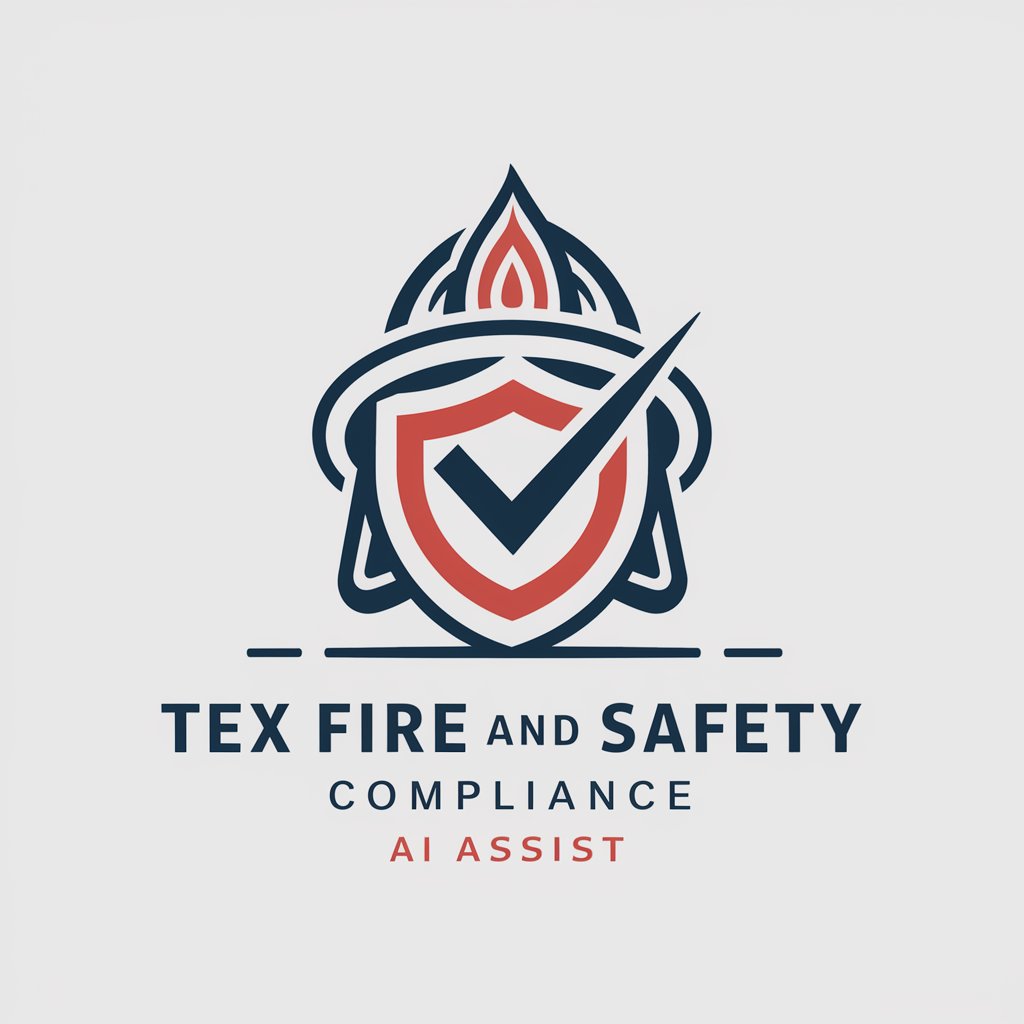
Emergency Preparedness Assistant
Stay Prepared with AI-Powered Assistance
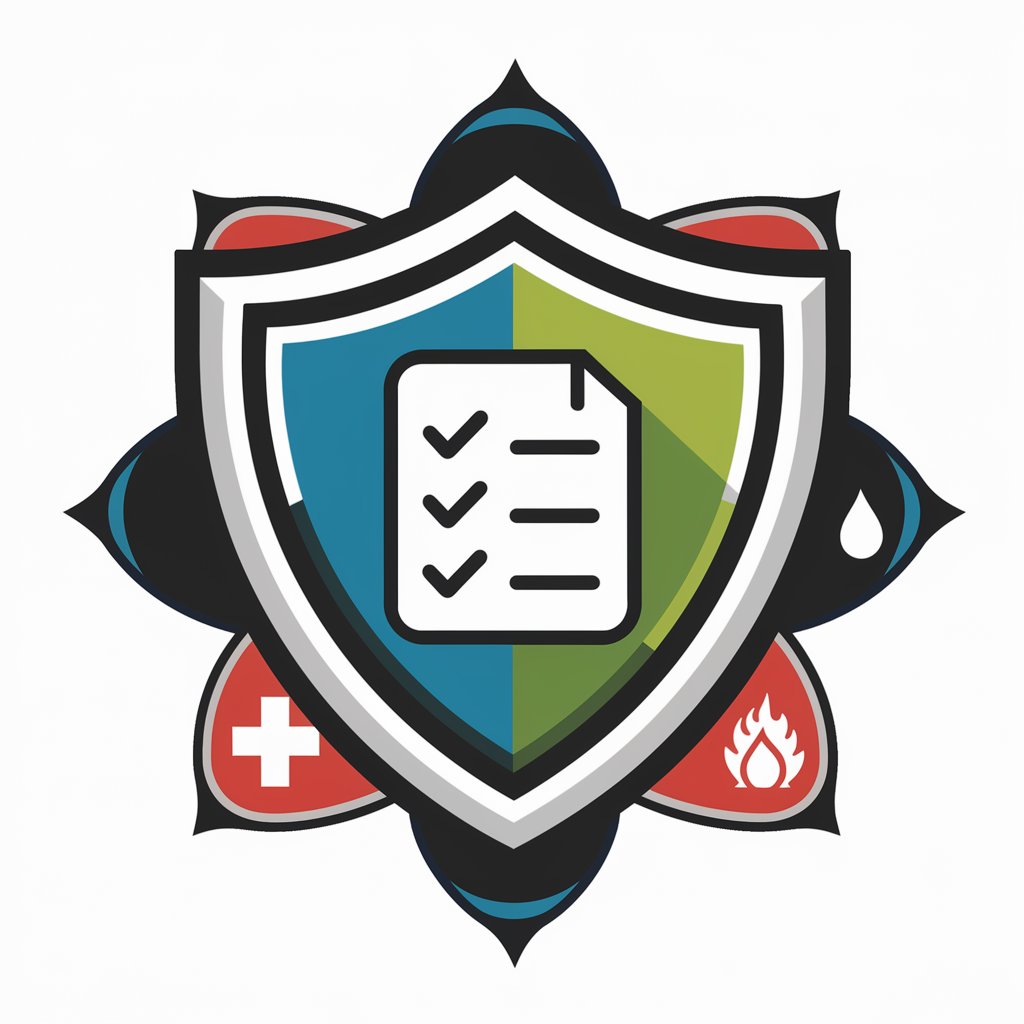
Flame Sage
Igniting Knowledge with AI Fire Insights
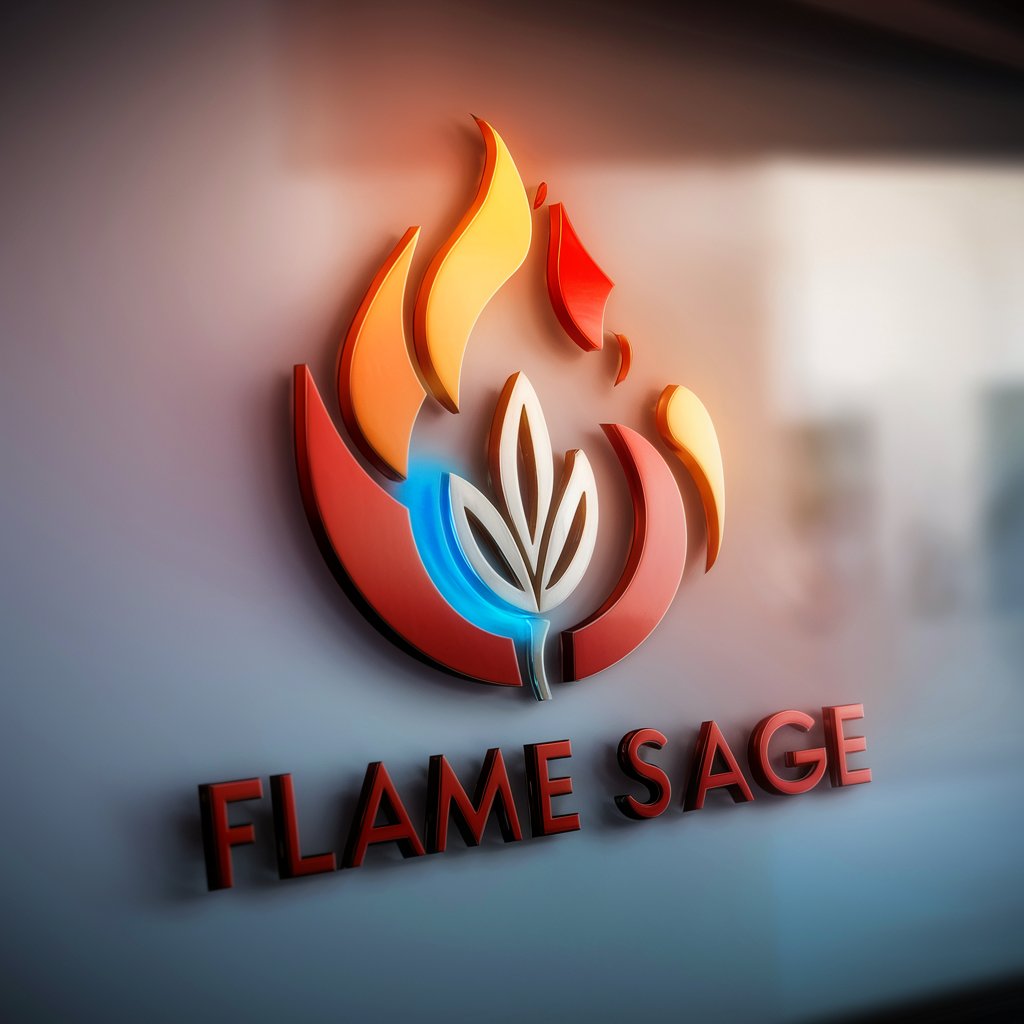
Ethan Blaze
Empowering Safety with AI Expertise
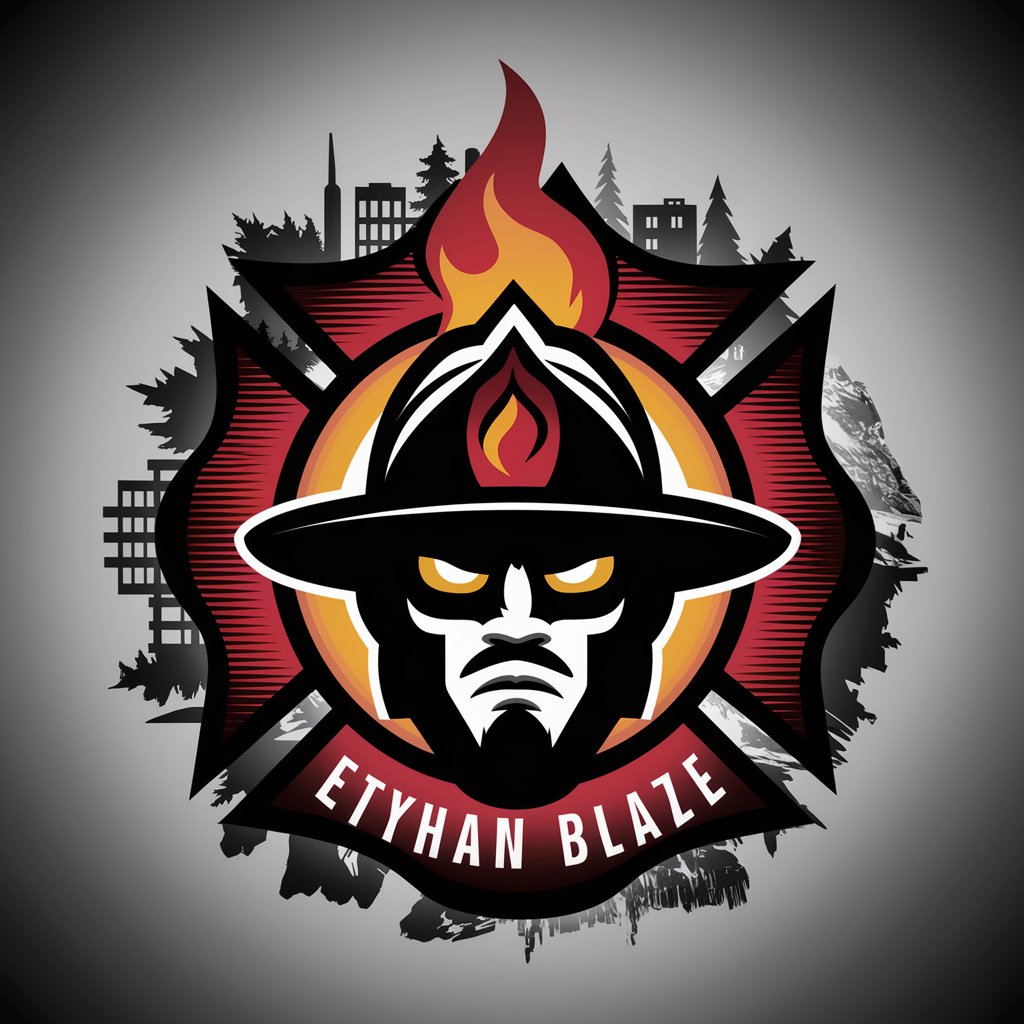
Botanist Cleobulus Odessa
Grow smarter with AI-driven botany advice

HomeSafety Sentinel
AI-Powered Home Safety Expert

AVCB.AI
Deciphering fire safety, AI-powered assistance.
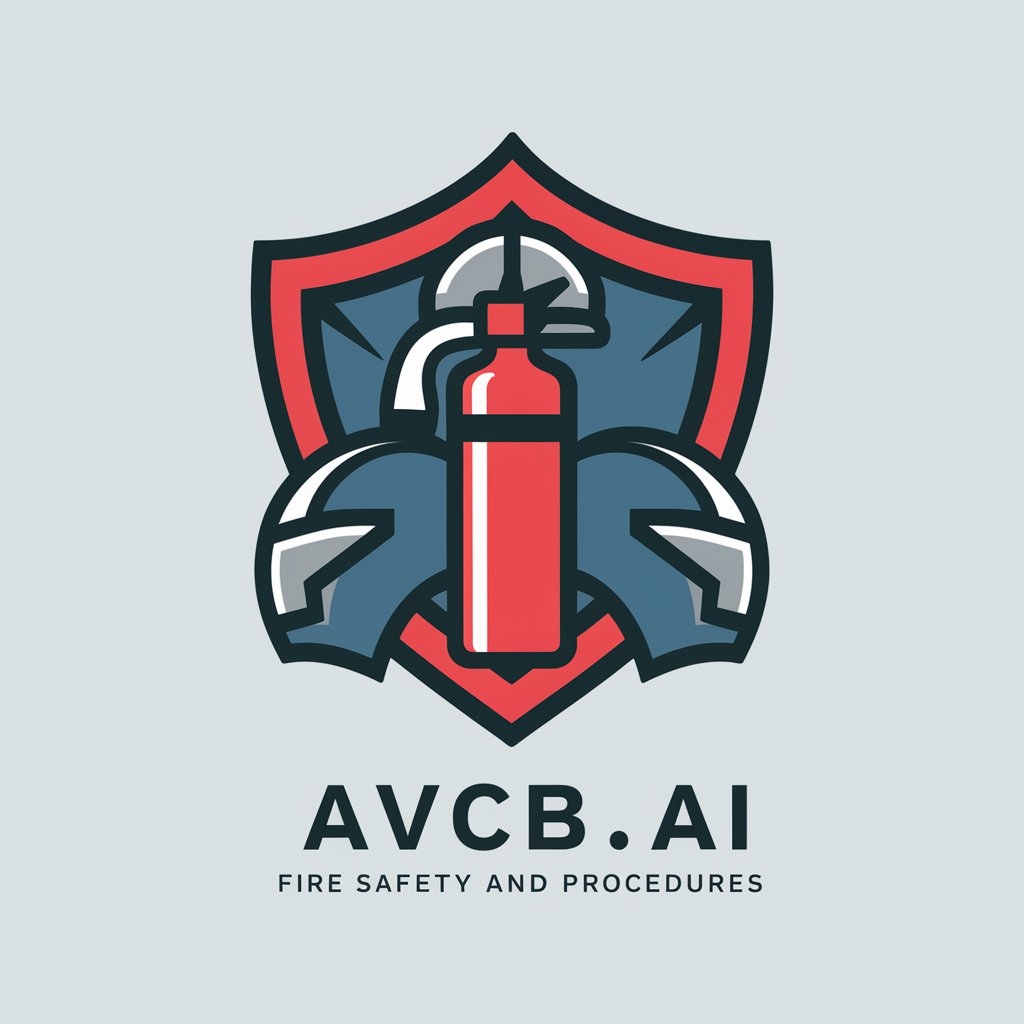
Key Characteristics and Capabilities
AI GPTs for Fire Safety boast a range of unique features tailored to the fire safety sector. They can adapt to various levels of complexity, from providing basic fire safety advice to analyzing complex fire risk assessments. Specialized capabilities include understanding and generating technical fire safety language, offering predictive analytics for fire risk, and facilitating emergency preparedness training. Enhanced with data analysis, image recognition, and real-time web search functionalities, these GPTs serve as comprehensive tools for fire safety management.
Who Benefits from Fire Safety AI Tools
AI GPTs for Fire Safety are designed for a diverse audience, ranging from novices seeking basic fire safety information to professionals and developers requiring advanced analytical tools. They are particularly beneficial for fire safety officers, emergency responders, urban planners, and property managers. The tools are accessible to users without programming skills, offering intuitive interfaces, while also providing extensive customization options for those with technical expertise.
Try Our other AI GPTs tools for Free
CPR Training
Discover how AI GPTs enhance CPR training with interactive, adaptable, and comprehensive tools designed for both novices and professionals.
Agent Mentoring
Discover how AI GPTs for Agent Mentoring revolutionize the mentoring landscape, offering personalized, scalable, and efficient solutions tailored to enhance the mentoring experience across various sectors.
Viral Potential
Discover AI GPT tools designed for maximizing Viral Potential, offering insights and strategies to amplify content reach and engagement across digital platforms.
Virtual Design
Explore how AI GPTs revolutionize Virtual Design, offering adaptable, intelligent solutions for creativity and efficiency in design. Perfect for professionals and novices alike.
Space Branding
Discover AI GPTs for Space Branding: Tailored AI solutions enhancing space-themed branding and marketing with creativity and precision. Ideal for professionals across the space industry.
Event Theming
Discover how AI GPTs transform event theming with innovative, tailored solutions for creative planning, logistical support, and trend adaptation, making every event unique.
Enhanced Solutions with AI GPTs
AI GPTs for Fire Safety revolutionize traditional approaches to fire safety management through their ability to provide customized solutions across different sectors. Their integration into existing workflows offers a user-friendly experience, significantly improving decision-making processes, operational efficiency, and emergency responsiveness.
Frequently Asked Questions
What are AI GPTs for Fire Safety?
AI GPTs for Fire Safety are specialized AI tools using generative pre-trained transformers to provide solutions for fire safety management, including risk assessment, safety protocols, and emergency response.
How do AI GPTs enhance fire safety?
They enhance fire safety by analyzing data, predicting risks, generating safety protocols, and offering tailored advice, thus improving preparedness and response strategies.
Can these tools predict fire outbreaks?
Yes, by analyzing historical data and current conditions, they can provide predictive analytics on potential fire outbreaks, enhancing preventive measures.
Are these tools accessible to individuals without coding skills?
Absolutely, they are designed with user-friendly interfaces that require no coding skills, making them accessible to a broad audience.
How can professionals customize these AI GPTs for specific needs?
Professionals can customize the tools through programming interfaces, enabling them to tailor functionalities for specific fire safety scenarios and requirements.
Do AI GPTs for Fire Safety support image recognition?
Yes, they include image recognition capabilities to analyze visual data for fire detection, risk assessment, and safety inspections.
Can these tools be integrated into existing fire safety systems?
Yes, they are designed to be compatible with existing systems, allowing for seamless integration and enhanced operational efficiency.
What makes AI GPTs for Fire Safety different from generic AI tools?
Their specialization in fire safety allows them to understand and process industry-specific terminologies and scenarios, making them more effective for fire safety applications than generic AI tools.